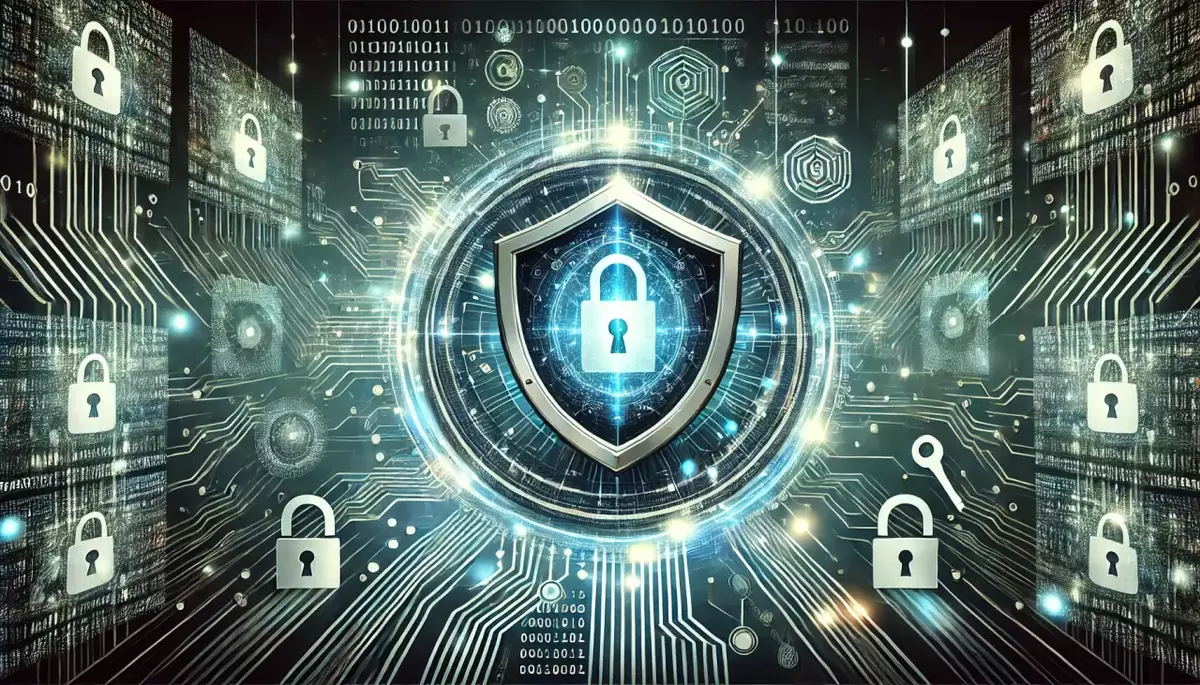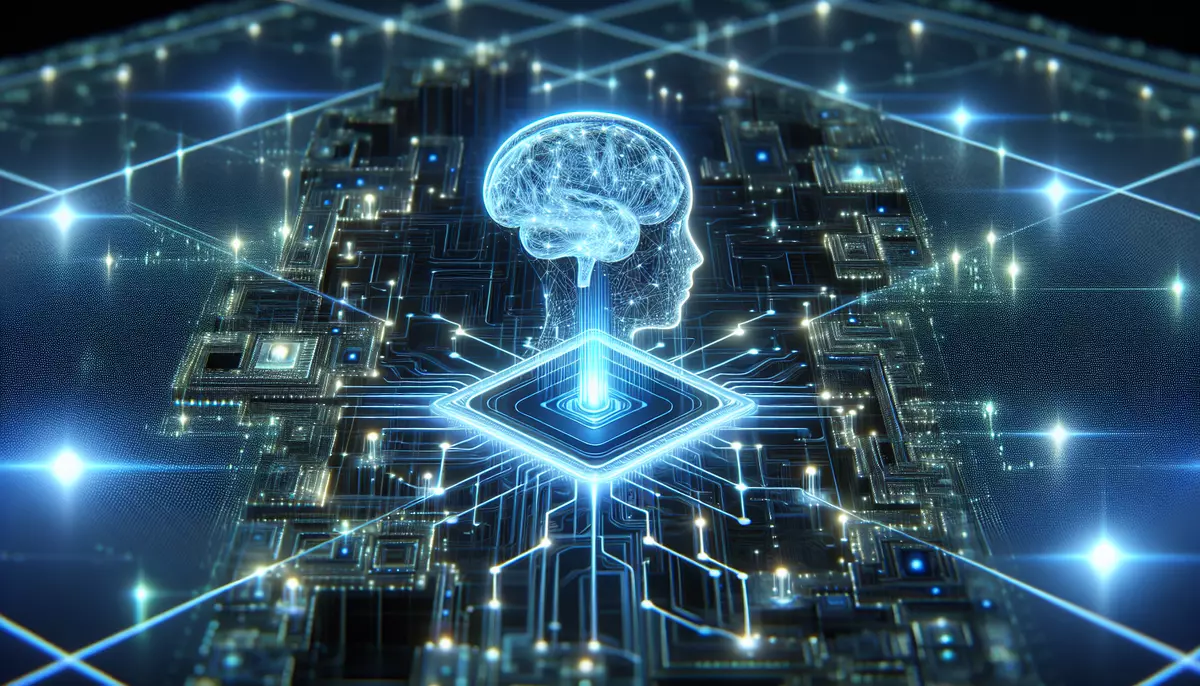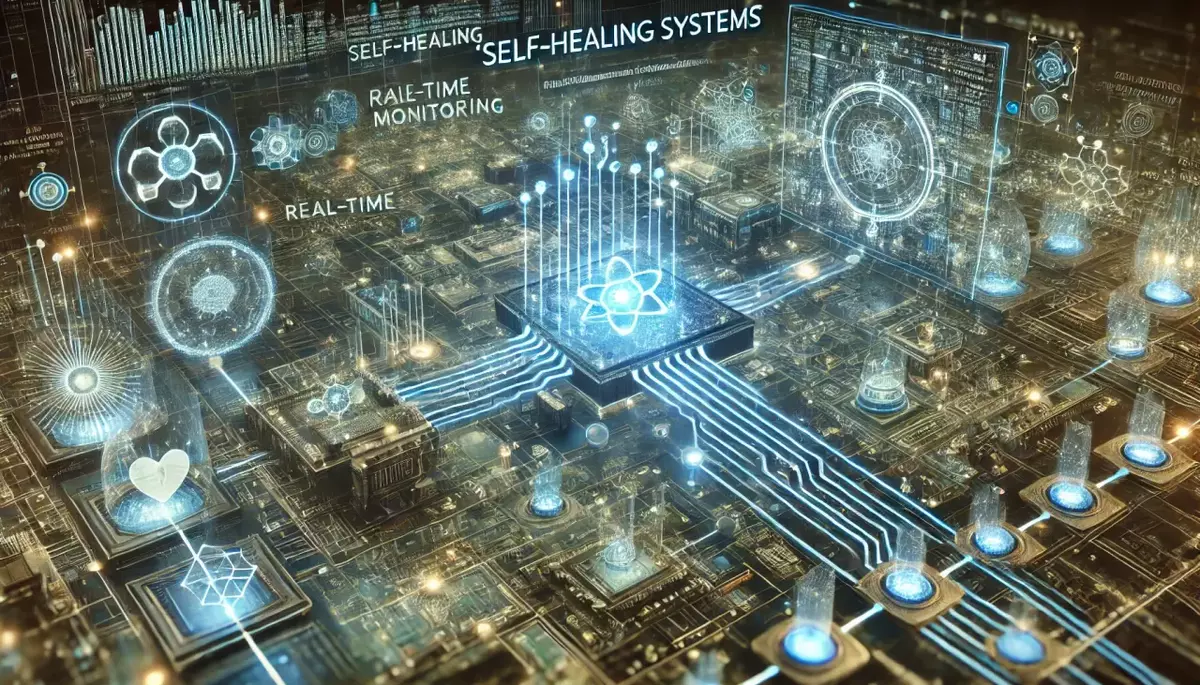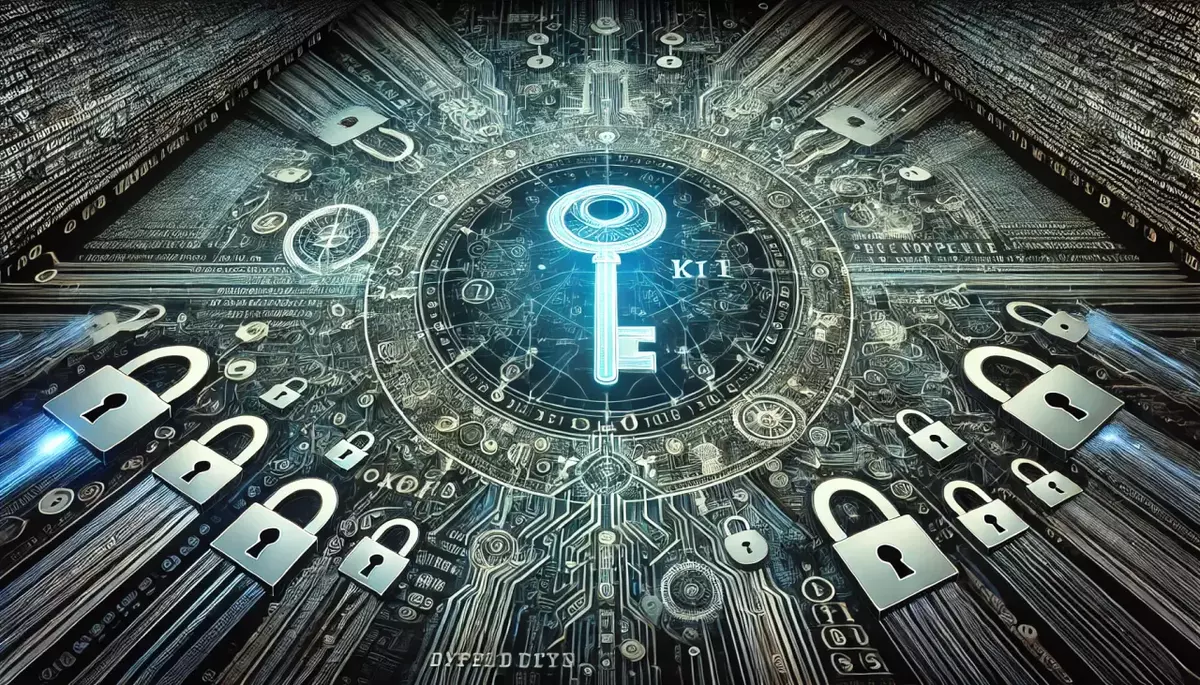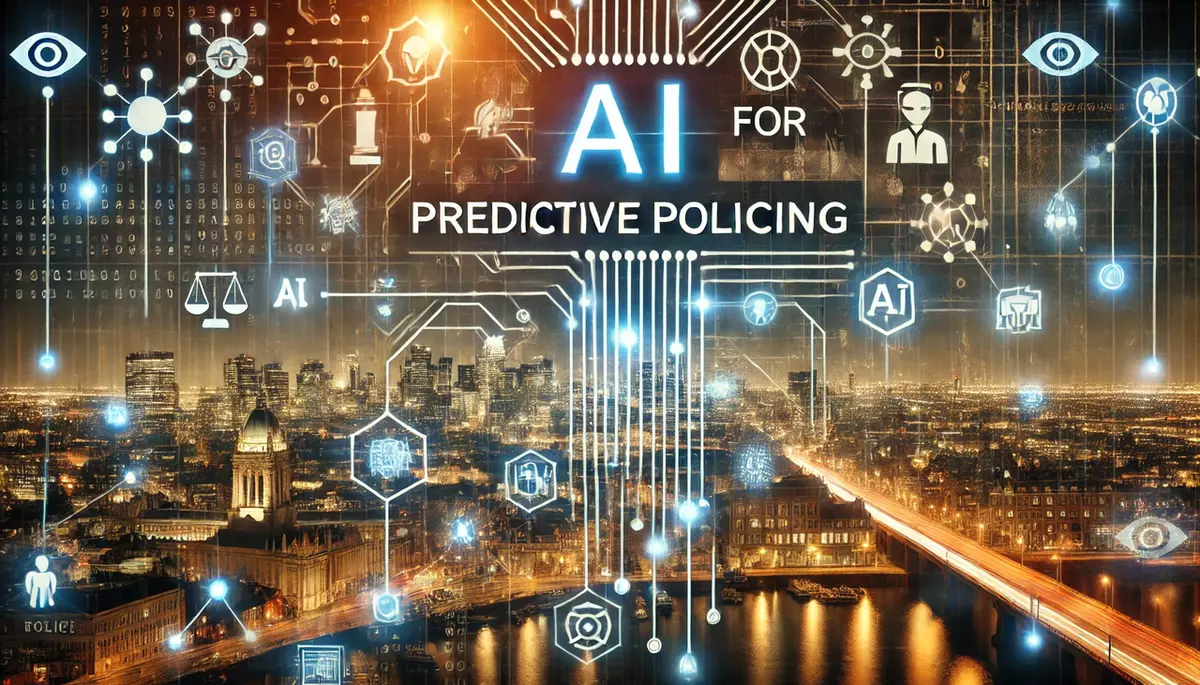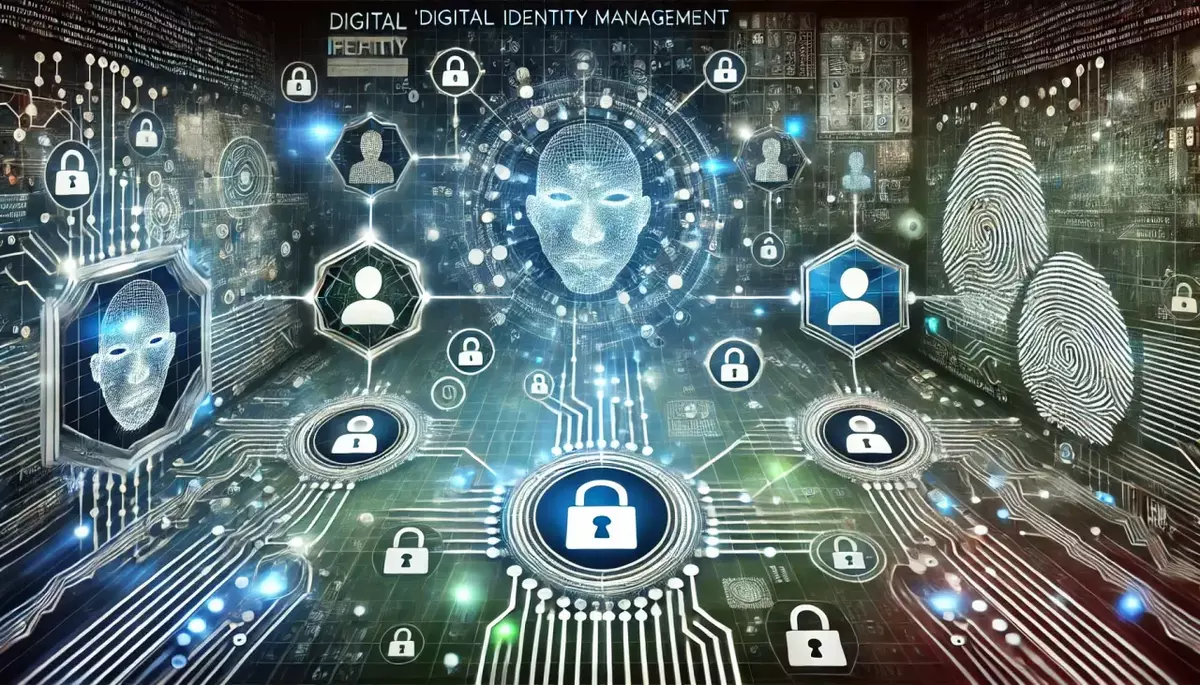Introduction
Cybersecurity is the practice of protecting systems, networks, and programs from digital attacks. It involves a comprehensive set of technologies, processes, and practices designed to protect against unauthorized access, data breaches, and other malicious activities that can compromise the confidentiality, integrity, and availability of information.
What is Cybersecurity?
Cybersecurity is the field of study focused on safeguarding digital systems and information from threats. It encompasses a wide range of strategies, tools, and techniques used to identify, prevent, and respond to cyber threats, such as hacking, malware, phishing, and data breaches.
Key Aspects of Cybersecurity:
- Confidentiality: Ensuring that only authorized individuals or entities can access and view sensitive information.
- Integrity: Maintaining the accuracy, completeness, and reliability of data throughout its entire lifecycle.
- Availability: Ensuring that authorized users have reliable and timely access to information and resources when needed.
Cybersecurity Threats and Vulnerabilities
Cybersecurity threats can come from a variety of sources, including cybercriminals, nation-states, hacktivists, and even insiders. These threats can exploit vulnerabilities in software, hardware, or human behavior to gain unauthorized access, steal data, disrupt operations, or cause other forms of damage.
Common Cybersecurity Threats:
- Malware: Malicious software designed to infiltrate, damage, or gain unauthorized access to computer systems.
- Phishing: Attempts to trick users into revealing sensitive information or performing actions that compromise security.
- Distributed Denial of Service (DDoS) Attacks: Overwhelming a system or network with traffic to disrupt normal operations.
- Advanced Persistent Threats (APTs): Sophisticated, targeted attacks that aim to gain access to sensitive information or systems over an extended period.
Cybersecurity Frameworks and Standards
To address the complex and evolving nature of cybersecurity threats, various frameworks and standards have been developed to guide organizations in implementing effective security measures.
Examples of Cybersecurity Frameworks and Standards:
- NIST Cybersecurity Framework: A comprehensive set of guidelines and best practices developed by the National Institute of Standards and Technology (NIST).
- ISO/IEC 27001: An international standard that provides requirements for an information security management system (ISMS).
- HIPAA Security Rule: A set of security standards for protecting the confidentiality, integrity, and availability of electronic protected health information (ePHI).
- PCI DSS: The Payment Card Industry Data Security Standard, which establishes requirements for organizations that handle credit card transactions.
Cybersecurity Strategies and Techniques
Effective cybersecurity requires a multi-layered approach that combines various strategies and techniques to protect against a wide range of threats.
Common Cybersecurity Strategies and Techniques:
- Access Control: Implementing mechanisms to restrict and manage access to systems, networks, and data.
- Encryption: Transforming data into a coded format to protect its confidentiality and integrity.
- Firewalls: Network security devices that monitor and control incoming and outgoing traffic.
- Intrusion Detection and Prevention Systems (IDPS): Monitoring and analyzing network traffic to detect and prevent unauthorized activities.
- Security Awareness and Training: Educating employees on cybersecurity best practices and how to identify and respond to potential threats.
Cybersecurity Careers and Certifications
As the demand for cybersecurity professionals continues to grow, there are numerous career paths and certifications available in this field.
Common Cybersecurity Roles and Certifications:
- Information Security Analyst: Responsible for planning and carrying out security measures to protect an organization’s computer systems and networks. Relevant certifications: CISSP, CISM, CISA.
- Cybersecurity Specialist: Focuses on the technical aspects of cybersecurity, such as network security, vulnerability assessment, and incident response. Relevant certifications: CEH, GIAC, Security+.
- Cybersecurity Manager: Oversees the implementation and management of an organization’s cybersecurity program. Relevant certifications: CISM, CRISC, CGEIT.
- Ethical Hacker: Authorized to perform controlled, simulated attacks on systems to identify and address vulnerabilities. Relevant certification: CEH.
The Future of Cybersecurity
As technology continues to evolve, the cybersecurity landscape will also undergo significant changes. Emerging trends and advancements in the field of cybersecurity include:
Emerging Cybersecurity Trends:
- Artificial Intelligence and Machine Learning: Leveraging AI and ML to enhance threat detection, incident response, and security automation.
- Cloud Security: Securing cloud-based infrastructure, applications, and data storage against cyber threats.
- Internet of Things (IoT) Security: Addressing the unique security challenges posed by the proliferation of connected devices.
- Quantum Computing and Cryptography: Developing new encryption methods to protect against the potential threat of quantum computing.
Conclusion
Cybersecurity is a critical and ever-evolving field that plays a vital role in protecting digital systems, networks, and information from a wide range of threats. By understanding the key aspects of cybersecurity, the common threats and vulnerabilities, and the strategies and techniques used to mitigate them, organizations and individuals can enhance their overall security posture and better safeguard their digital assets.
This knowledge base article is provided by Fabled Sky Research, a company dedicated to exploring and disseminating information on cutting-edge technologies. For more information, please visit our website at https://fabledsky.com/.
References
- National Institute of Standards and Technology (NIST). (2018). Framework for Improving Critical Infrastructure Cybersecurity. https://nvlpubs.nist.gov/nistpubs/CSWP/NIST.CSWP.04162018.pdf
- International Organization for Standardization (ISO). (2013). ISO/IEC 27001:2013 Information technology — Security techniques — Information security management systems — Requirements. https://www.iso.org/standard/54534.html
- U.S. Department of Health & Human Services. (2013). HIPAA Security Rule. https://www.hhs.gov/hipaa/for-professionals/security/index.html
- Payment Card Industry Security Standards Council. (2018). PCI DSS Quick Reference Guide. https://www.pcisecuritystandards.org/documents/PCI_DSS-QRG-v3_2_1.pdf
- Cisco. (2020). What Is Cybersecurity? https://www.cisco.com/c/en/us/products/security/what-is-cybersecurity.html

